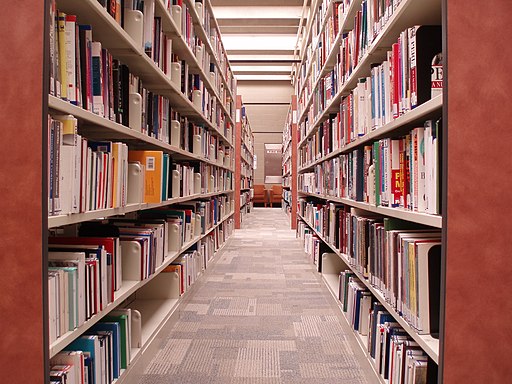

Primary Research Group has published the International Survey of Research University Faculty: Use of Academic Library Special Collections, ISBN 978-157440-439-5
The study presents data from a survey of 500+ faculty at more than 50 major research universities in the USA, Canada, Australia, the United Kingdom & Ireland about their use and evaluation of academic library special collections in rare books & documents, film & video, music, photography, rare biological specimens, personal archives, posters and guidebooks and other commercial materials, oral history and many other areas. The report presents data separately for use of special collections at one’s own university and for use of special collections at other institutions. The study also gives data on the percentage of faculty that recommend special collections to students, other faculty or other parties. Survey participants name some of their favorite special collections and rate their general level of satisfaction with academic library special collections.
Data in the 196-page study is broken out by more than 10 criteria including but not limited to academic title, age, gender, national origin of university, public/private status, teaching load, tenure status, university ranking and other variables.
The report presents data and commentary on extent of use of various collections, and evaluation of various special collections practices and offerings such as hours of access, quality of digitization, general ease of use, online access, terms of use or borrowing and other factors.
Just a few of the report’s many findings are that:
- 21.47% of faculty in the Media and Visual and Performing Arts fields accessed photography special collections from outside their institution in the past three years, the most in the sample, followed by those in the Literature and Language fields, 10.00%.
- Satisfaction with special collections did not vary widely with institution size or type, or with respondent age, gender, political views, or academic field. However, respondents from Canadian universities were relatively more satisfied than were those from other countries with their institution’s special collections,
- More than a quarter of those age 60 and over found special collections just as easy or easier to find and use than standard library collections, compared to just 11.43% of respondents age 30 and under.
- Respondents to the far left of the political spectrum reported the highest use special collections based on personal archives or estates, 7.61%, but otherwise political views had no clear impact on utilization of personal archives or estates.
- 9.73% of respondents teaching more than two courses in the past semester were dissatisfied with levels of online access to collections of catalogs, posters, guides and other commercial materials, compared to less than 3.5% of those teaching two courses or less.For further information view our website at www.PrimaryResearch.com.





